Lawn Bowling vs Bocce: Which Game is Better for You?
Lawn bowling and Bocce are outdoor recreational games in which balls are rolled on a specific playing surface. They offer fun and enjoyable ways to spend time outdoors with family and friends. While the two games may appear similar at first glance, they have some significant differences. Below is a comparison guide to understanding the differences between lawn bowling and Bocce.
1. History and Origins
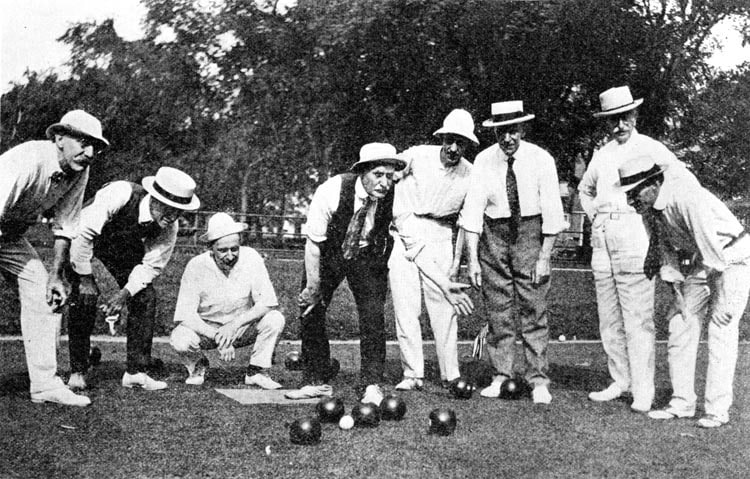
Given the similarities in the game rules, they have some shared history. While this may be true, there are some differences in the documented histories of the two games.
Lawn bowling has a long and rich history dating back to ancient Egypt and Rome. The sport evolved and became popular in England in the 13th century, where it was played by royalty and commoners alike. From England, lawn bowling spread to other parts of the world, including North America and Australia, where it remains a popular pastime today.
On the other hand, Bocce originates in ancient Rome and Greece, where it was played by soldiers and citizens alike. The game evolved and became popular in Italy and is still played today. Italian immigrants brought the game to America in the late 19th and early 20th centuries. It became popular among Italian-American communities and eventually spread to other parts of the country and the world.
2. Balls
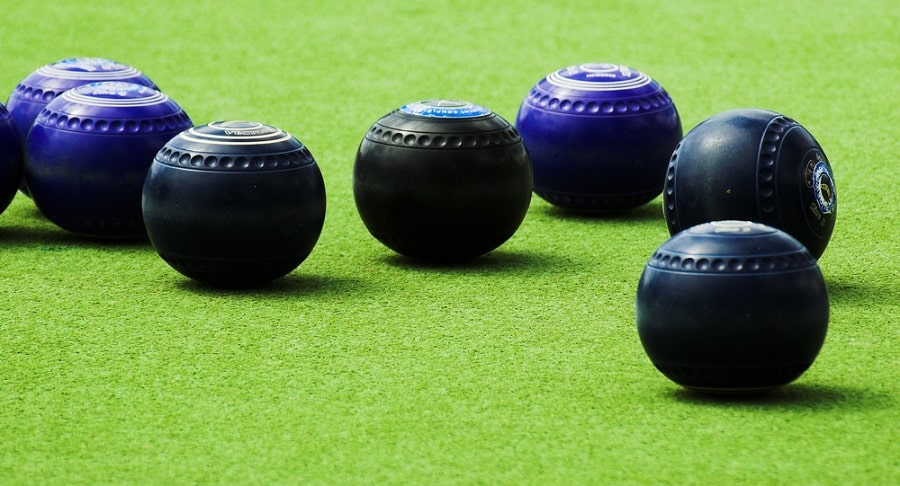
The type of ball used in each game is another significant distinction between lawn bowling and Bocce. In lawn bowling, the balls are called bowls, made of heavy, durable plastic or wood. The bowls are intended to bend as they roll and are typically weighted on one side to aid in this process. In that, they are round in only one direction. The bowls are generally 12-13 centimeters in size and 1.5-1.6 kg in weight.
The balls in Bocce are also made of hard plastic or wood. The balls are typically smaller than lawn bowling balls, with diameters ranging from 10 to 13 cm, and they are lighter, weighing between 0.9 and 1.2 kg. Bocce balls do not curve as much as lawn bowling balls.
3. Difference in Region of Play
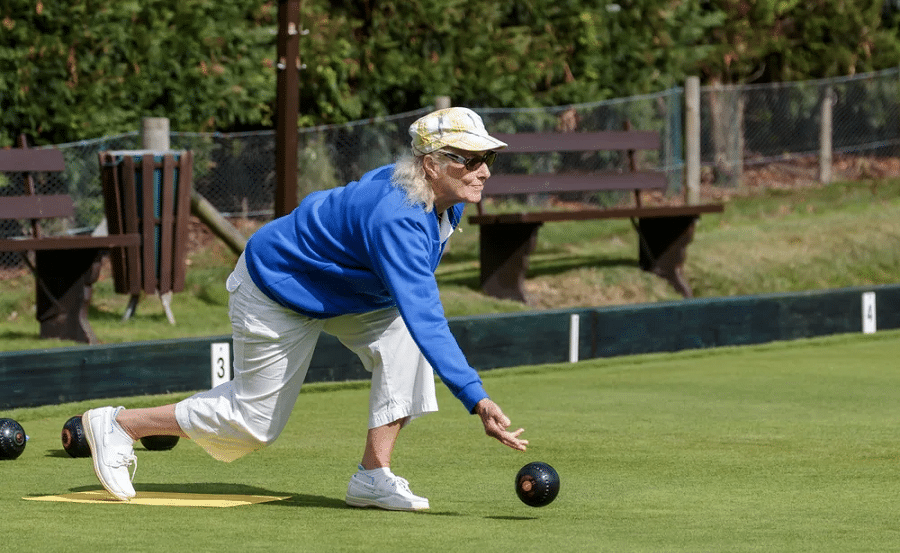
Another Distinction between lawn bowling and Bocce is the geographical area in which each game is popular. English-speaking countries, notably the United Kingdom, Australia, New Zealand, and Canada, are more prevalent in lawn bowling. It is also popular in other countries, such as the United States, South Africa, and parts of Asia.
Conversely, Bocce is more prevalent in Mediterranean nations like Italy, Spain, and Greece and Latin American nations like Argentina and Mexico. It is also popular in the rest of the world and several regions of Europe and North America, but it is less popular than lawn bowling. Regional variations in popularity could be attributed to the historical and cultural factors mentioned above.
4. Playing Surface
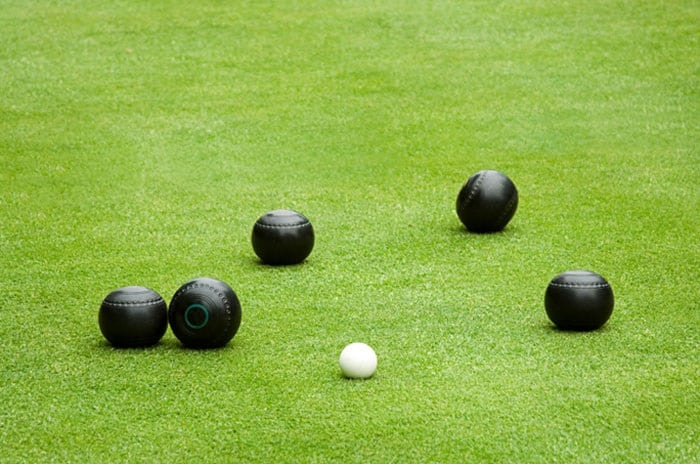
Bocce and Lawn bowling have different playing surfaces. The playing area for lawn bowling is usually a flat, rectangular region known as a rink. The rink is typically constructed of grass but can also be constructed of synthetic turf or other materials. The state of the grass will have an impact on the game. Typically, the rink is about 40 meters long and 5-6 meters wide.
Players can play Bocce Ball on flat surfaces, including bocce courts, beach sand, yards, and parks. The court can be made of various materials, such as grass, dirt, or clay. A large area is required to make the game more challenging. A standard Bocce Ball court is 76 feet long and 12 feet wide. The game, on the other hand, is just as enjoyable without the court.
5. Scoring
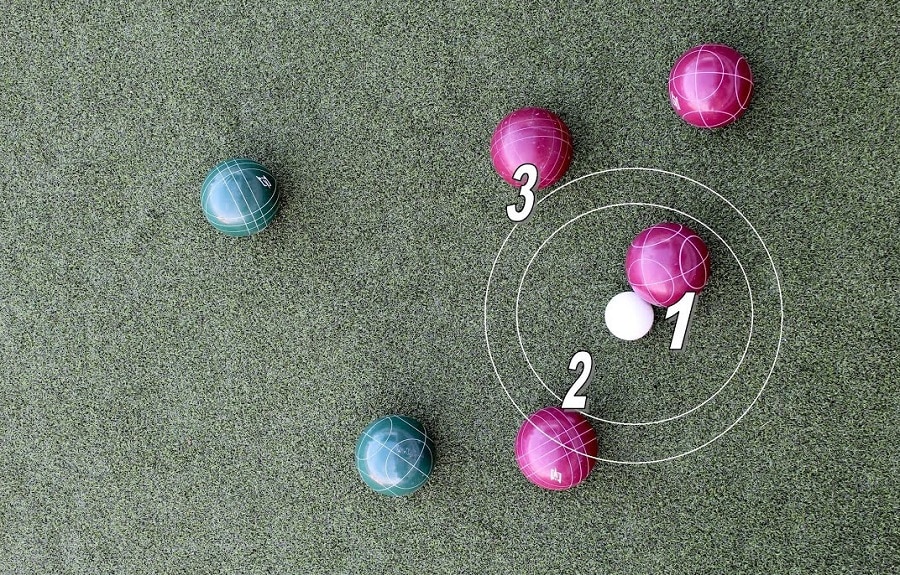
Another distinction between lawn bowling and Bocce is the scoring system used in each game. Points are awarded in lawn bowling to the player or team whose bowls are nearer to the jack at each end (a round of play). The number of points awarded determines how many bowls are closer to the jack than the opponent's closest bowl. For example, if a player has three bowls closer to the jack than the opponent, they will receive three points. The most points a player can score in a single end are four.
Bocce aims to get your balls closer to the “pallino,” a smaller target ball. At the end of every framework, the player or team whose ball is closest to the ‘pallino' receives points (a round of play). The team with the closest ball receives one point and can receive extra points for each ball they place closer to the pallino than the opposing team's closest ball. For example, if a team has two balls near to the pallino than the opposing team's closest ball, they will score two points. Four points are the most that a player or team may score in a single frame.
6. Technique
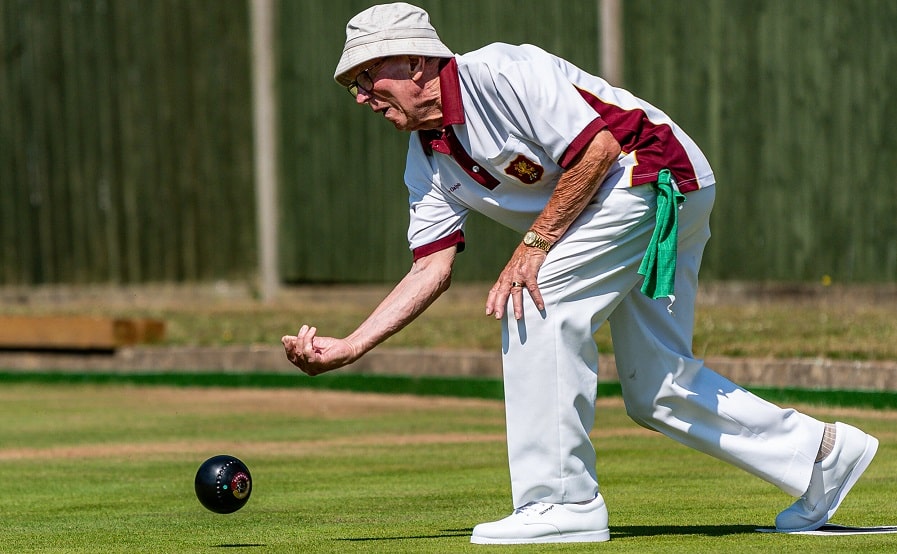
The techniques used in lawn bowling and Bocce differ slightly as well. Lawn bowlers use a technique known as the “draw shot” to get their bowls as close as possible to the jack. The draw shot entails rolling the bowl with both hands in a smooth, pendulum-like motion, allowing it to curve as it moves down the rink. This technique necessitates considerable accuracy, control, and knowledge of how the bowl will act on the rink.
Bocce players use a technique known as the “roll-up” that involves holding the ball with one hand and throwing it underhand to bring the ball as close to the pallino as you can. Linearly rolling the ball toward the pallino, using a flicking motion for the ball to roll smoothly along the ground, is the roll-up. This technique necessitates accurate aim, timescale, and insight into how the ball will react to the court's surface.
Conclusion
While lawn bowling and Bocce have specific characteristics in common as outdoor lawn games, a few differences distinguish the two. Lawn bowling occurs on a long rectangular rink, whereas Bocce is on a smaller court. The balls used in the two games also differ in size, weight, and material. The goals of the games differ, with lawn bowling emphasizing precision and control and Bocce emphasizing strategy and timing.
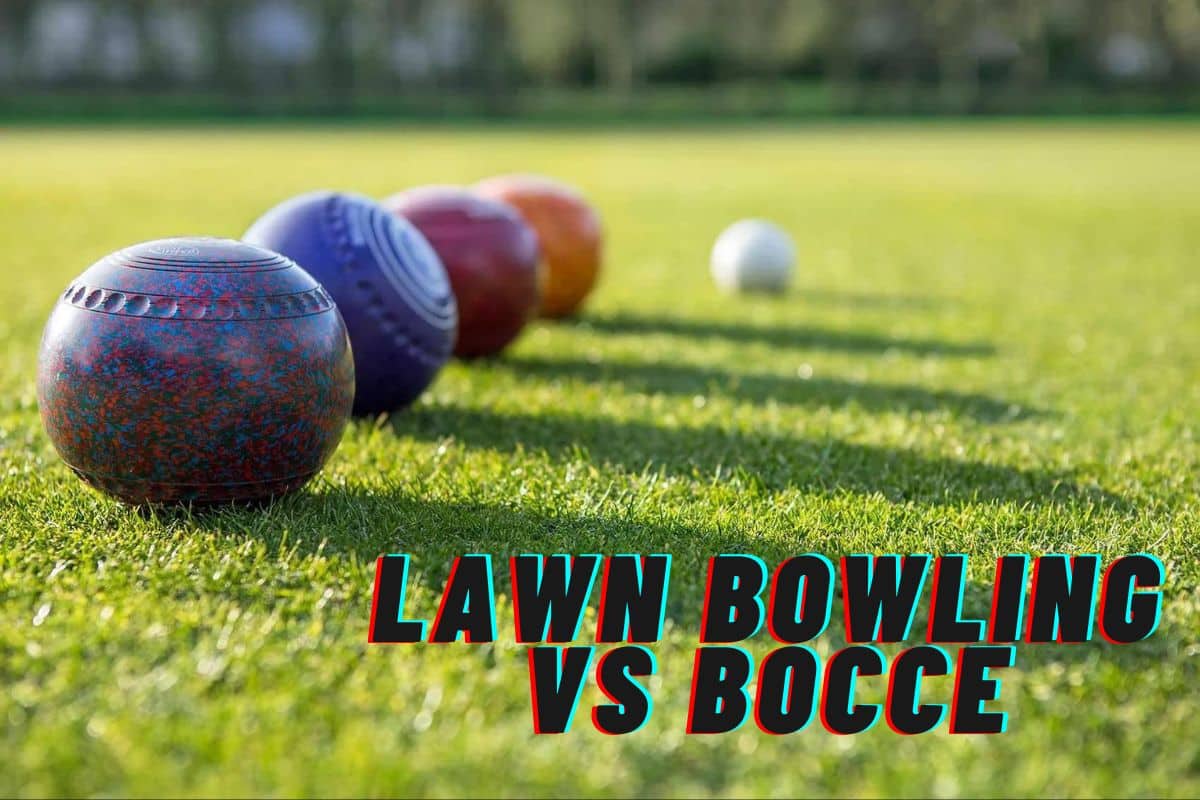
![How to Build a Bowling Lane in Your Basement [Installation, and Maintaining]](https://www.bowlingknowledge.com/wp-content/uploads/2023/01/Build-A-Bowling-Lane-In-Your-Basement-At-Home-768x512.jpg)
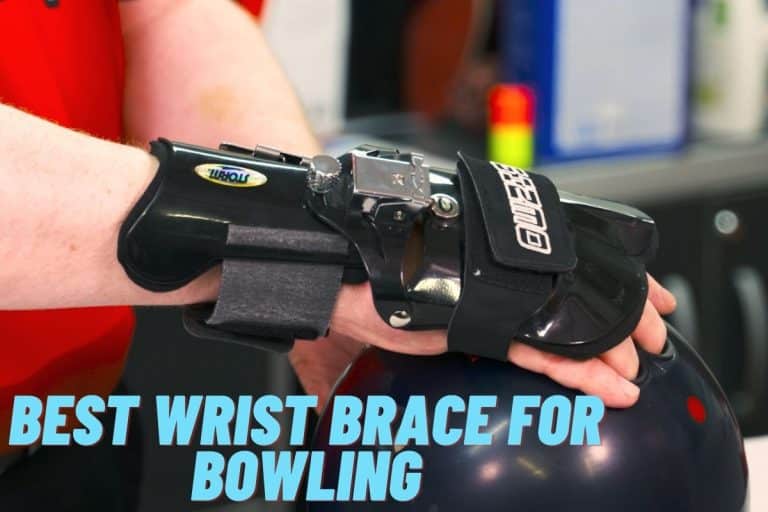
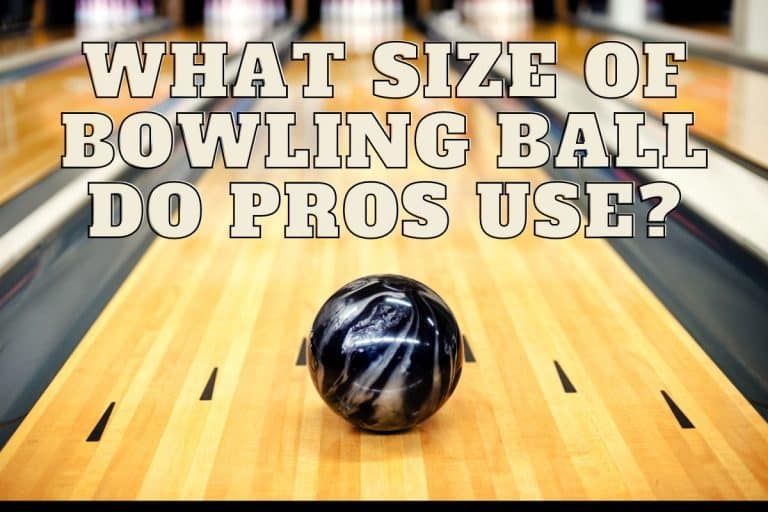
![What To Do With Old Bowling Balls [Creative Ideas]](https://www.bowlingknowledge.com/wp-content/uploads/2023/02/What-To-Do-With-Old-Bowling-Balls-768x512.jpg)
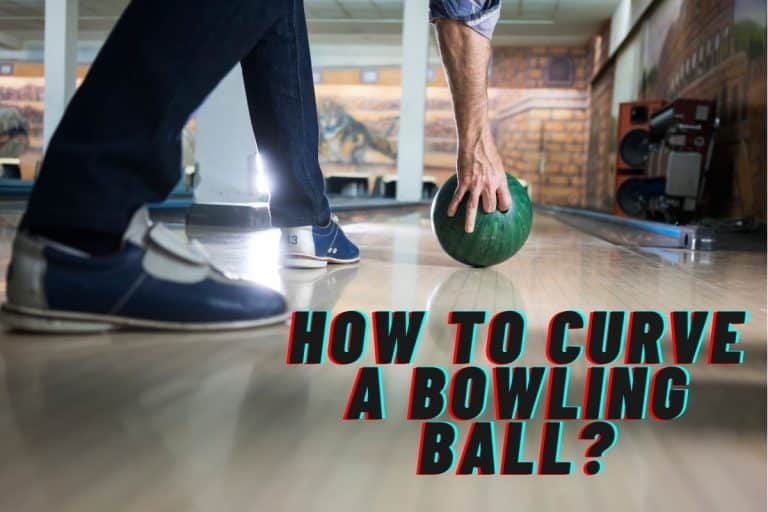
![What are the Bowling Lane Dimensions? [Official USBC]](https://www.bowlingknowledge.com/wp-content/uploads/2023/01/Bowling-Lane-Dimensions-768x512.jpg)